Are you aware that the design of your cheques can significantly influence their price? Many business owners underestimate the impact that various cheque styles and features have on their overall costs. This article will explore how cheque designs affect pricing structures, the role of security features, and factors that impact pricing. By understanding these aspects, readers can make informed decisions that alleviate financial stress and ensure they get the best value for their cheque purchases. Discover how you can optimize your cheque-related expenses while maintaining quality and security.
Understanding the Basics of Cheque Designs and Their Features
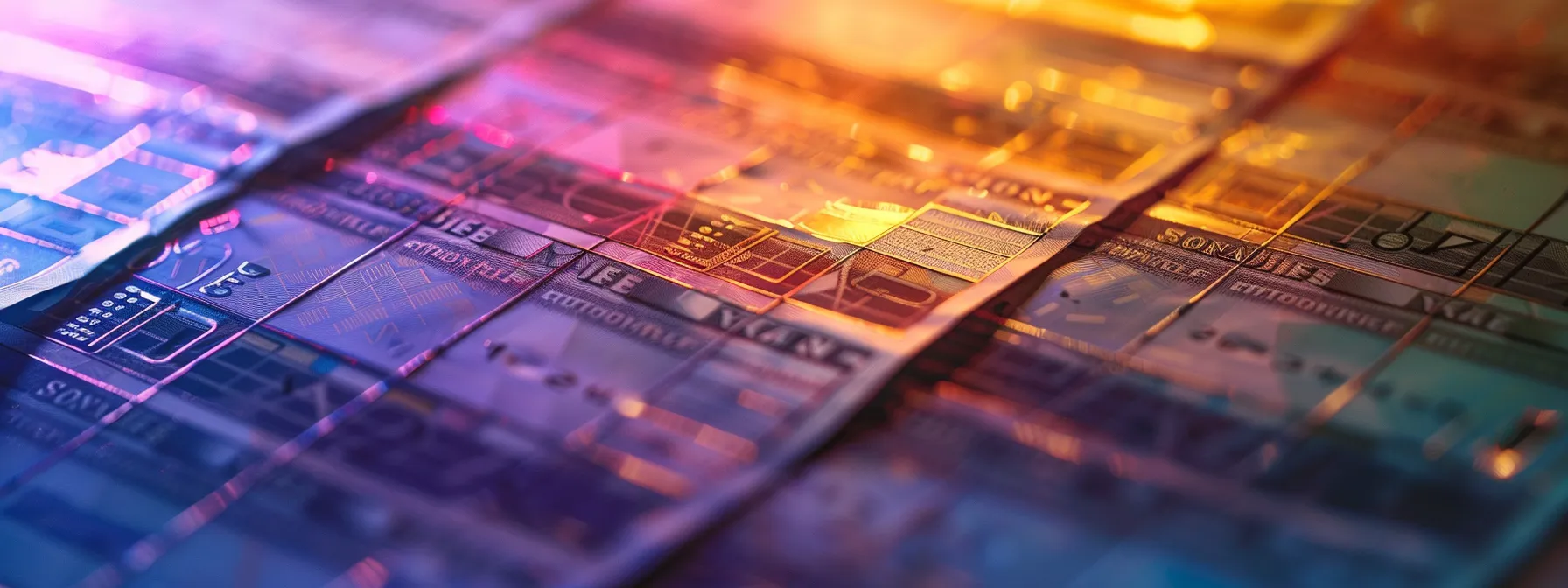
Cheque designs encompass various components, including styles, patterns, and essential security features. Common styles enhance both functionality and aesthetic appeal, while branding elements personalize cheques for businesses. Understanding these aspects is crucial as current trends in cheque aesthetics continue to evolve. Each topic examines how these factors influence cheque pricing and overall effectiveness.
Defining Cheque Designs and Their Components
Cheque designs play a crucial role in the overall functionality and security of the document. Each cheque generally includes distinct components such as the payee line, account information, date, and signature line, all of which must be clearly defined for effective processing. Additionally, the integration of security features, such as watermarks and micro-printing, enhances protection against fraud, making these elements significant in influencing the pricing of cheque production.
Customization options further define cheque designs, allowing businesses to incorporate branding elements that reflect their identity. Businesses can choose from different colors, patterns, and styles, which not only enhance aesthetics but also serve to build trust and recognition among clients. This personalization process may affect pricing based on the complexity and features selected, emphasizing the importance of understanding cheque components when making purchasing decisions.
Common Styles and Patterns Used in Cheques
Common styles and patterns used in cheques often blend aesthetics with functionality to meet the diverse needs of businesses. Popular designs include traditional formats with simple lines and decorative elements that enhance brand identity, while modern trends lean towards minimalistic, clean layouts that emphasize security features. This variation in style can influence the pricing of cheque printing as more intricate designs may require advanced printing techniques, thereby affecting overall costs.
Incorporating specific patterns, such as geometric designs or subtle backgrounds, not only adds visual appeal but also serves to thwart fraudulent activities. Cheques that utilize vibrant colors and unique patterns can make a statement about a business’s professionalism and reliability. This intentional choice in design impacts pricing due to the added complexity and production costs, making understanding cheque styles an essential consideration for companies looking to balance functionality with branding needs.
Significance of Security Features in Cheque Design
The significance of security features in cheque design cannot be overstated, as these elements directly contribute to the safety of financial transactions. Features such as watermarks, micro-printing, and specialized inks are designed to protect against counterfeiting and fraud. A cheque with robust security measures not only assures clients that their payments are secure but also enhances the business’s credibility in the eyes of their customers.
Impact of Branding Elements on Cheque Designs
Branding elements significantly influence cheque designs by enhancing a business’s identity and fostering recognition among customers. Customization options, such as logos, color schemes, and unique fonts, create a distinct appearance that reflects the brand’s personality. These personalized features not only improve the cheque’s visual appeal but also contribute to a company’s credibility, thereby potentially impacting customer trust and loyalty.
Additionally, the integration of branding into cheque designs often leads to variations in pricing based on the complexity of the desired features. Businesses looking to incorporate advanced branding options may face higher costs due to the need for specialized printing techniques or materials. Understanding the relationship between branding elements and cheque pricing helps companies make informed decisions that align with their budget and marketing objectives.
Current Trends in Cheque Aesthetics
The current trends in cheque aesthetics emphasize minimalism and functionality, reflecting a shift towards simpler designs that prioritize security features. Businesses are increasingly adopting clean layouts with subtle branding elements, allowing for effective communication while maintaining a professional appearance. This trend not only aligns with modern design sensibilities but also serves to enhance the overall perception of trustworthiness in cheque transactions.
Moreover, the integration of vibrant colors and unique patterns is gaining popularity as businesses strive to differentiate themselves. Customization options that incorporate brand-specific colors and logos contribute to a distinct identity, aiding in customer recognition. However, these enhanced designs may impact pricing, as more intricate features often require advanced printing techniques and specialized materials, necessitating careful consideration by businesses looking to balance aesthetics with budgetary constraints.
When design meets necessity, cost becomes a crucial factor. Next, let’s examine how these design choices shape the pricing of your cheques.
Analyzing How Cheque Designs Affect Pricing Structures
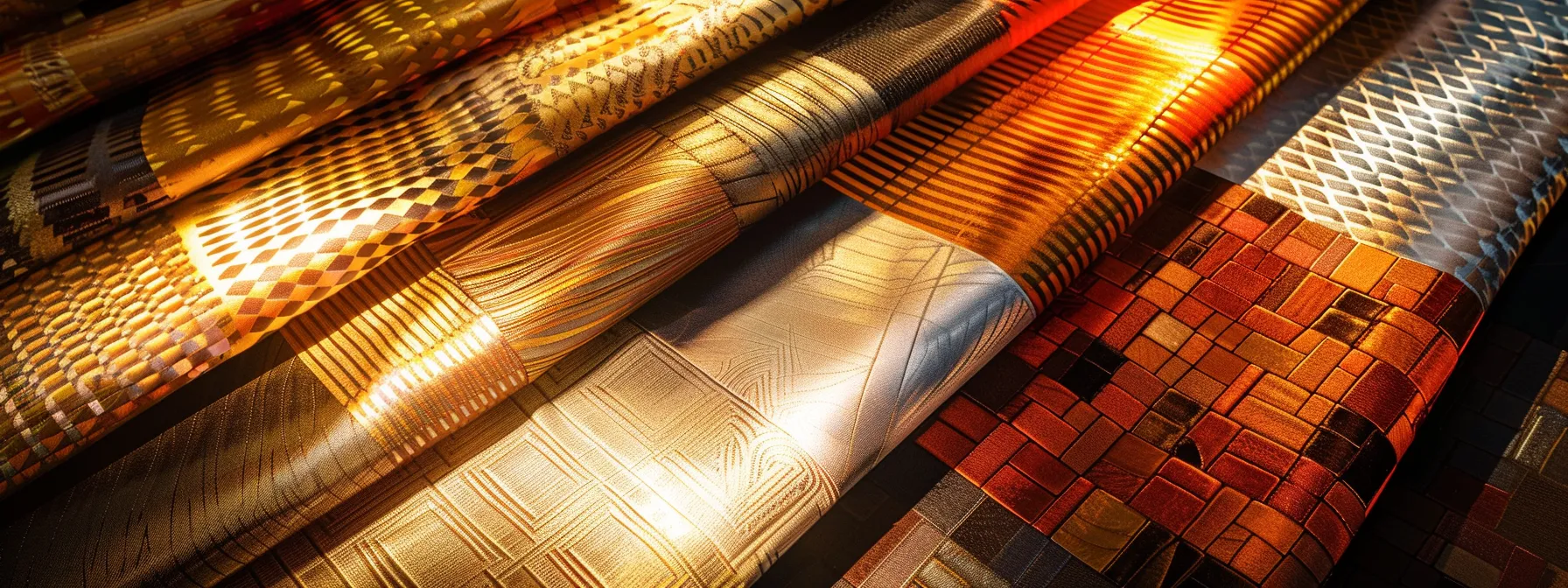
The correlation between design complexity and cost is significant in cheque pricing structures. Variations in material and finish also affect costs, while customized designs often incur additional expenses. Furthermore, the design influences order quantities, which can lead to bulk pricing advantages. A comparison of pricing between standard and premium designs reveals important insights for businesses seeking cost-effective options without sacrificing quality.
Correlation Between Design Complexity and Cost
The complexity of cheque designs plays a crucial role in determining their production costs. More intricate designs require advanced printing techniques and higher-quality materials, which can lead to an increase in pricing. For example, incorporating multiple colors or security features can drive up expenses, so businesses must weigh the benefits of enhanced aesthetics and security against their budget constraints.
Furthermore, companies that opt for customized designs may face additional costs compared to standard options. Simple layouts might be more cost-effective, yet unique branding elements can increase trust and recognition among clients, making them a worthwhile investment. Understanding this correlation can help businesses choose cheque designs that fulfill both aesthetic and fiscal needs effectively.
Pricing Variations Based on Material and Finish
Material choices significantly influence cheque pricing, as different stocks vary in quality and durability. For instance, businesses may choose between standard paper and higher-grade security paper, with the latter typically commanding a higher price due to its enhanced protective features. This distinction is crucial for companies aiming to balance budget constraints with their needs for secure transaction documents.
Finish options, such as glossy or matte, can also affect costs. A glossy finish may make designs more vibrant, which can enhance a business’s brand identity, yet it often comes at a premium compared to a matte finish. Understanding these material and finish variations allows businesses to make informed decisions when selecting cheque designs that meet both aesthetic and financial objectives.
Additional Costs Related to Customized Designs
Customization of cheque designs introduces additional costs that can significantly impact overall pricing. Businesses often seek tailored designs that reflect their branding, which typically involves unique colors, logos, and specific layouts. These personalized options require advanced printing techniques and higher-quality materials, leading to increased expenses that businesses must factor into their budgeting process.
Moreover, the choice to incorporate intricate elements such as holograms or specialized inks not only enhances the visual appeal but also raises production costs. Businesses must evaluate the trade-off between a distinctive design that fosters customer trust and the budgetary implications of customized cheques. By understanding these additional costs, companies can make informed decisions that align with both their financial constraints and branding goals.
How Design Influences Order Quantities and Bulk Pricing
The design of cheques significantly influences order quantities and bulk pricing. Businesses often find that specific designs, especially those with unique features, can lead to a preference for larger orders. This shift in order size occurs because the cost per cheque generally decreases when purchasing in bulk, making it a cost-effective strategy for companies looking to balance quality with expenses.
Comparison of Pricing Between Standard and Premium Designs
The pricing comparison between standard and premium cheque designs reveals notable differences that can significantly impact business decisions. Standard designs generally come at a lower price point due to their simpler layouts and basic security features. In contrast, premium designs incorporate advanced security measures and intricate customization options, which naturally lead to higher production costs. For businesses, this means that while premium options may offer enhanced protection and aesthetic appeal, they also require careful consideration of budgetary constraints.
The cost of a cheque often reflects its design, but there is more to the story. Security features add complexity and value, shaping not just pricing but trust.
The Role of Security Features in Cheque Pricing
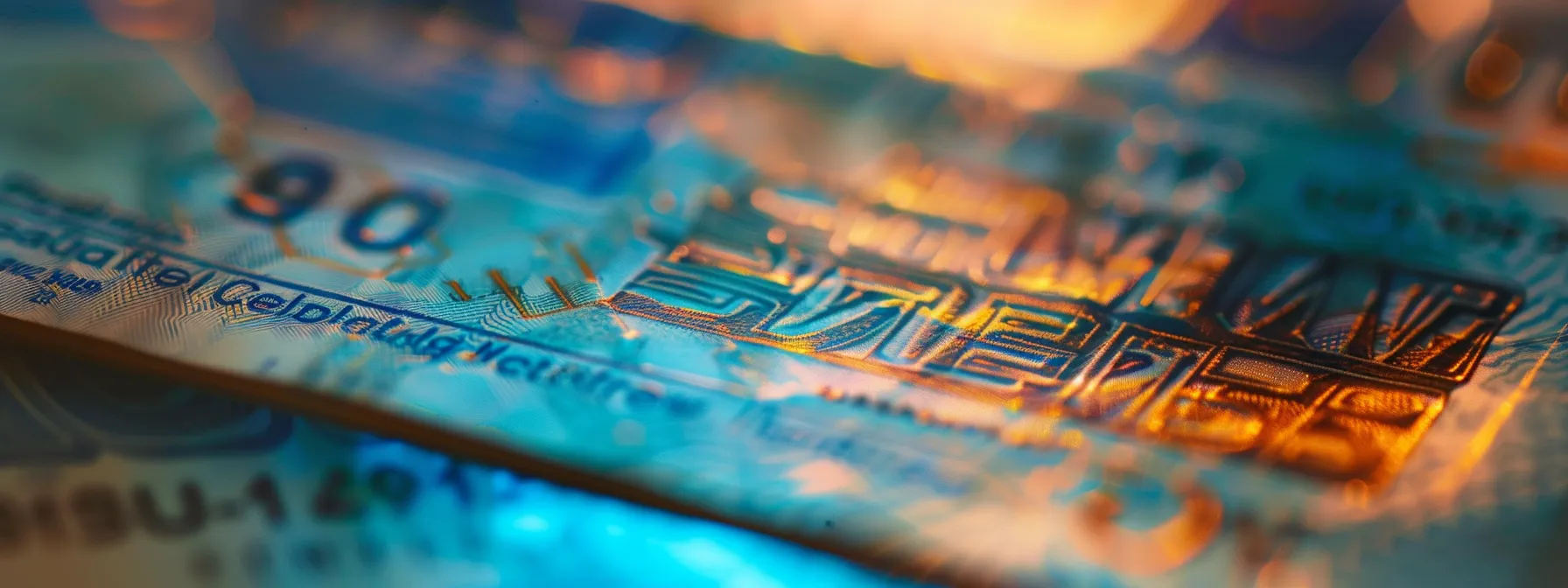
Security printing technologies play a vital role in determining cheque pricing, influencing costs through advanced features designed for fraud prevention. This section explores how incorporating various security elements impacts pricing, highlighting the necessity of integrating effective protection without sacrificing aesthetic appeal. Practical case studies will also illustrate the relationship between security features and their pricing implications, offering valuable insights for businesses.
Security Printing Technologies and Their Costs
Security printing technologies play a crucial role in determining the overall costs associated with cheque production. Incorporating advanced features such as watermarks, micro-printing, and specialized inks significantly enhances a cheque’s security, thereby driving up production expenses. For instance, a cheque that employs multi-layered security elements may require specialized printing equipment, which can lead to higher initial costs for businesses investing in safe transaction documents.
While the cost implications of these security features may seem steep, businesses often find that they are a necessary investment in protecting against fraud. The enhanced security not only decreases the likelihood of counterfeiting but also boosts client confidence in the cheque’s integrity. Understanding the balance between these advanced printing technologies and their associated costs can help businesses make informed decisions that safeguard their finances while managing expenses effectively.
Implications of Fraud Prevention Designs on Pricing
The incorporation of advanced fraud prevention designs in cheques can significantly influence pricing structures. Features such as watermarks, micro-printing, and specialized inks add layers of protection against counterfeiting, which often leads to higher production costs. Businesses must weigh these added expenses against the potential benefits of enhanced security, as investing in robust fraud prevention can ultimately safeguard their finances and build client trust.
Importance of Incorporating Advanced Security Features
The incorporation of advanced security features in cheque design is crucial for mitigating the risk of fraud. Features such as watermarks, micro-printing, and specialized inks not only enhance the security of the cheques but also ensure that businesses adhere to industry standards. For example, a company that utilizes high-security cheques can instill confidence in its clients, reassuring them that their financial transactions are well-protected against counterfeiting.
Balancing Security and Aesthetics in Cheque Design
Balancing security and aesthetics in cheque design is essential for businesses looking to protect their financial transactions while maintaining a professional appearance. By incorporating effective security features, such as micro-printing and watermarks, companies can reduce the risk of fraud without compromising the visual appeal of their cheques. For instance, a well-designed cheque that integrates these elements not only reassures clients about security but also reinforces the brand’s identity through thoughtful and eye-catching designs.
Moreover, the investment in both security and aesthetics should be seen as a strategic decision. Businesses that prioritize high-quality materials and advanced security features might experience a slight increase in initial costs, but the long-term benefits often outweigh these expenses. Enhancing cheque designs in a way that communicates reliability and professionalism can lead to improved client trust and loyalty, which is invaluable for business growth.
Case Studies on Security Features and Their Pricing Impact
Case studies reveal that cheque designs incorporating advanced security features, such as watermarks and micro-printing, often lead to increased production costs. For instance, a financial institution that implemented these features saw a significant uptick in cheque pricing, which aligned with the added protection against fraud. This case highlights the direct relationship between enhanced security measures and the resulting implications for pricing structures.
Another example comes from an oil and gas company that opted for high-security cheques with specialized inks to ensure transaction safety. The investment in these advanced designs increased their cheque costs; however, the benefits included heightened client trust and a decrease in issues related to cheque fraud. Such practical insights illustrate how businesses can weigh the additional expenses against the valuable benefits of secure cheque design.
Security features play a vital role in determining cheque prices, but design also holds its own weight. Next, we will examine the various factors that shape the pricing of different cheque designs and the choices that come with them.
Factors That Influence the Pricing of Different Cheque Designs
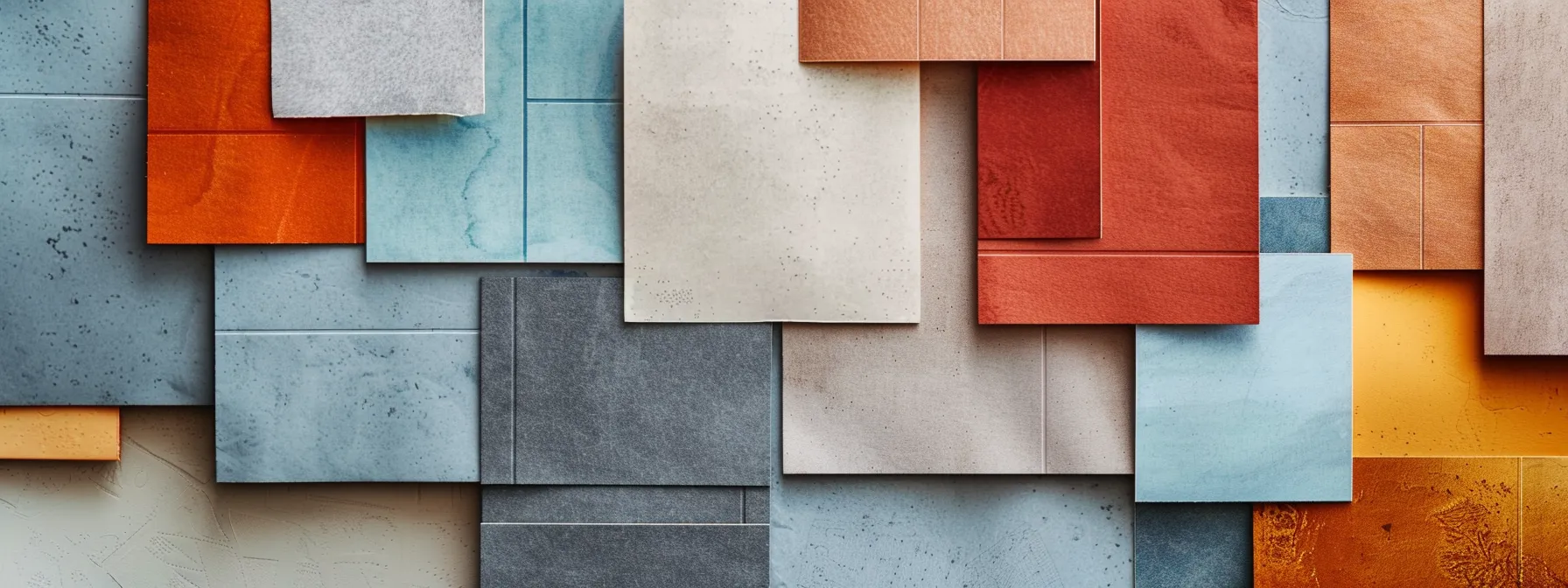
Market demand for various cheque design styles significantly influences pricing, alongside economic factors that shape overall costs. Variability among suppliers also plays a crucial role, along with their individual pricing strategies. Understanding customer preferences in cheque design and cost helps businesses make informed decisions when selecting cheque options that balance aesthetics and budget considerations.
Market Demand for Various Design Styles
The market demand for various cheque design styles directly influences pricing structures within the cheque printing industry. As businesses seek to differentiate themselves, there is a growing preference for unique designs that incorporate specific branding elements. For instance, companies may opt for vibrant colors or intricate patterns to establish a strong visual identity, which often leads to increased production costs. This heightened demand for customized designs can push suppliers to adjust their pricing to reflect the added value of personalization and security features.
Furthermore, businesses that understand the importance of cheque design in fostering trust and reliability are more likely to invest in higher-quality options. This trend highlights a shift in customer preferences, where the aesthetic appeal and security considerations play a significant role in purchasing decisions. As demand for stylish and secure cheques rises, suppliers will adjust their pricing accordingly, leading businesses to reevaluate their budget strategies to align with current market expectations.
The Impact of Economic Factors on Cheque Pricing
Economic factors significantly influence cheque pricing, affecting the costs associated with materials, production, and demand. For instance, fluctuations in the price of paper and printing supplies can lead to variations in cheque prices, making it essential for businesses to stay informed about these changes. Moreover, when a heightened demand for customized cheque designs occurs, suppliers may adjust their pricing to reflect the increased value associated with personalization and enhanced security features.
The overall economic climate also plays a role in how businesses perceive cost versus quality when selecting cheque designs. In times of economic growth, companies may be more willing to invest in higher-quality, secure cheque options. Conversely, during economic downturns, businesses might prioritize cost savings over design features, leading to a shift towards more standard cheque designs. Understanding these economic factors can help companies navigate their cheque procurement strategies effectively, ensuring they make informed choices that balance quality and budget considerations.
Supplier Variability and Their Effect on Pricing
Supplier variability plays a significant role in influencing cheque pricing. Different suppliers may offer a wide range of quality, materials, and features in their cheque designs. Consequently, businesses must carefully evaluate their options, as some suppliers may charge more for enhanced security features or unique branding capabilities, while others may focus on more economical options that prioritize standard design elements.
The choice of supplier can affect not only the pricing but also the overall value a business receives. For instance, a supplier that specializes in high-security cheques may command higher prices due to their expertise and advanced printing technologies. However, investing in such a supplier can be worthwhile for companies seeking to enhance their brand reputation and protect against fraud, ultimately leading to long-term savings and peace of mind.
Evaluating Pricing Strategies From Various Cheque Providers
Different cheque providers utilize various pricing strategies that can significantly impact the overall costs for businesses. For instance, a provider that specializes in high-security cheques may charge a premium due to advanced features like micro-printing and unique inks. Conversely, more economical options might focus on basic designs, attracting budget-conscious customers while sacrificing some elements of security and customization.
Moreover, businesses should consider the value proposition offered by each supplier when evaluating pricing strategies. A slightly higher price for cheque designs that come with robust security features and customization options can be a worthwhile investment, as these features enhance brand credibility and protect against fraud. Understanding these pricing dynamics enables businesses to choose cheque providers that align with their financial and security needs effectively.
Analyzing Customer Preferences in Cheque Design and Cost
Customer preferences play a pivotal role in shaping the pricing of cheque designs. Many businesses prioritize customized options that reflect their brand identity, often opting for specific colors, logos, and layouts. This desire for distinctiveness can lead to higher costs, as more intricate designs and premium materials are involved, ultimately impacting the overall expenditure on cheque production.
Furthermore, clients tend to favor cheques with enhanced security features to mitigate the risk of fraud. Businesses understand that these advanced elements, such as micro-printing and watermarks, not only ensure the safety of transactions but also enhance customer confidence. Consequently, companies may find themselves willing to invest more in secure cheque designs, recognizing the long-term value these features provide against financial loss.
Now that the factors behind cheque pricing are clear, it’s time to look at specific designs. Understanding these examples will reveal just how much variety exists in both appearance and cost.
Examples of Cheque Designs and Their Pricing Differences
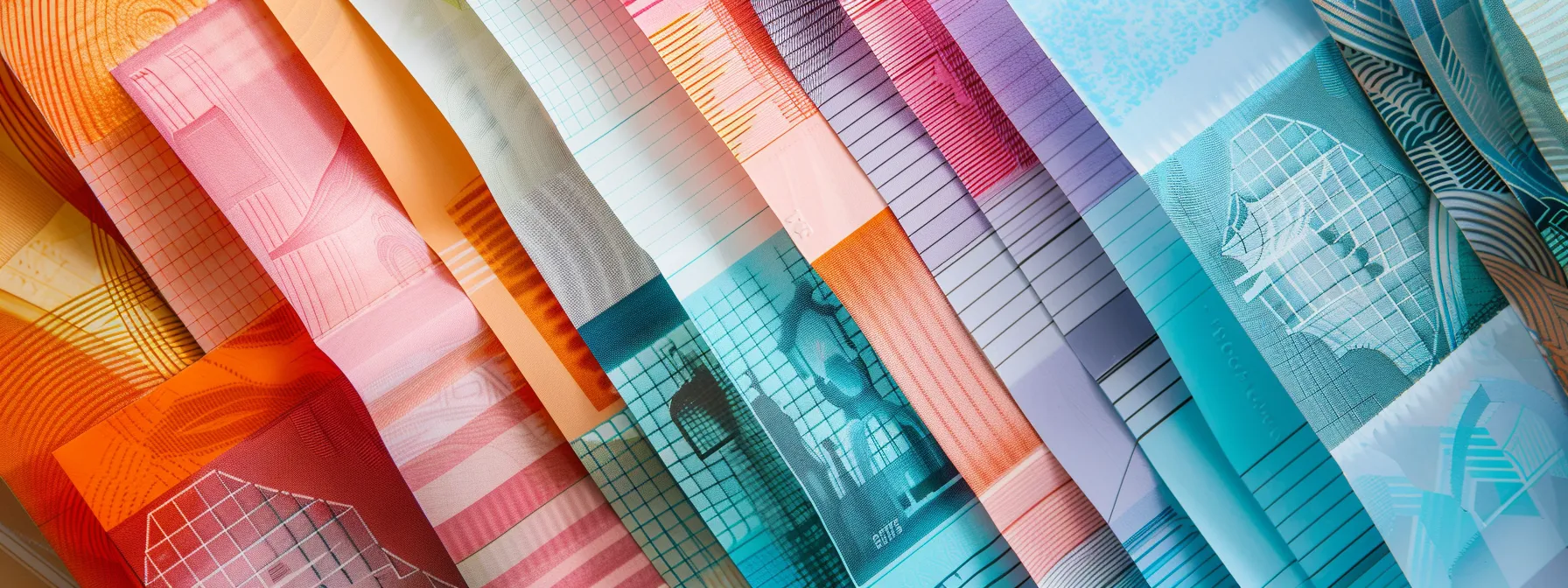
This section presents case studies that highlight distinct cheque design pricing, comparing costs across various financial institutions. It will explore user experiences and feedback regarding the relationship between design and expense, while identifying budget-friendly cheque design options. Additionally, innovative designs that maintain affordability will be examined, providing practical insights that reflect the value of effective cheque design in business financing.
Case Studies Highlighting Distinct Cheque Design Pricing
Case studies reveal that cheque designs can exhibit remarkable pricing differences based on specific attributes. For instance, a regional bank offering standard cheques with basic security features priced their products at a lower rate compared to a financial institution that incorporated intricate designs, advanced security elements, and unique branding options. Such variations demonstrate how the complexity and enhancements in design directly influence cheque pricing, highlighting the importance of evaluating business needs against budget constraints.
In another example, a small business utilizing customized cheques with distinctive colors and logos reported higher production costs compared to those using standard formats. Despite the increased expense, these tailored designs significantly improved client recognition and trust, showcasing the potential return on investment. This underscores how businesses can balance aesthetic preferences with pricing strategies to achieve both security and brand identity in their cheque designs.
Comparing Pricing Across Different Financial Institutions
When comparing cheque pricing across different financial institutions, significant variations often arise due to their specific design features and security elements. For instance, a bank offering standard design cheques may charge less by using simpler layouts and basic security methods, while another institution that opts for intricate designs, advanced security features, and personalized branding often sees higher costs. This disparity reflects the direct relationship between the quality of materials used and the complexity of the cheque designs.
Moreover, institutions that prioritize unique branding and enhanced security for their cheques typically cater to customers willing to invest more in reliable transactional tools. For example, a premium cheque provider might include features like custom colors and advanced fraud prevention technologies, resulting in increased prices. Understanding these differences allows businesses to make informed choices when selecting cheque options that align with their financial strategies and security needs.
User Experiences and Feedback on Design Versus Cost
User experiences reveal a strong correlation between cheque design and its associated costs, often highlighting that businesses need to balance visual appeal with budget considerations. For example, companies utilizing customized cheques with logos and distinctive colors report greater trust from clients, despite facing higher production expenses. This feedback indicates that the enhanced brand recognition associated with unique designs can justify the investment, as it ultimately contributes to customer loyalty and satisfaction.
Moreover, many small business owners emphasize the importance of security features in their cheque designs when assessing cost versus value. Cheques that incorporate advanced fraud prevention methods, such as micro-printing and watermarks, often incur higher costs, yet users frequently articulate that the peace of mind derived from these protective features is worth the additional expense. This insight underscores how businesses must evaluate their specific needs and long-term benefits when selecting cheque designs, ensuring that their choices align with both financial and security goals.
Identifying Budget-Friendly Cheque Design Options
Business owners seeking budget-friendly cheque design options should consider standard layouts that maintain essential security features without unnecessary embellishments. Many suppliers offer basic cheque formats with reliable processing capabilities at a more economical price point, making them an ideal choice for small businesses looking to manage costs effectively while still ensuring a professional appearance.
Incorporating cost-effective materials, such as standard paper with moderate security elements, can significantly reduce expenses. These options often fulfill the basic requirements for functionality and safety, ensuring that businesses do not compromise on quality while staying within budget constraints. By evaluating these choices, companies can effectively balance their cheque design needs with financial realities, leading to prudent decision-making.
Innovative Designs That Maintain Affordability
Businesses seeking innovative cheque designs that remain budget-friendly have various options that deliver both functionality and style. By utilizing standard layouts that incorporate essential security features without unnecessary embellishments, companies can maintain a professional appearance while managing costs effectively. Many suppliers provide these efficient designs at lower price points, ensuring that they meet the basic requirements of safety and functionality.
Incorporating cost-effective materials, such as standard paper combined with moderate security elements, allows businesses to achieve the desired look without incurring significant expenses. These thoughtful design choices enable companies to balance quality and affordability, making them suitable for small to medium-sized businesses looking to enhance their branding while still prioritizing budget constraints. Understanding these affordable innovative designs can empower businesses to make informed decisions that align with their financial goals.
Pricing in cheque design is changing. As we look ahead, new trends are shaping what businesses can expect.
Future Trends in Cheque Design Pricing

Technological advancements are poised to reshape cheque production, impacting design and pricing strategies. Predicted shifts in customer preferences will drive demand for more innovative and customized options. Evolving security needs will necessitate increased investment in protective features, influencing costs. Additionally, environmental considerations in cheque design are gaining traction. The rise of digital alternatives will further affect traditional cheque pricing structures.
These factors collectively highlight the importance of understanding the ongoing trends in cheque design pricing, offering businesses insights into how these elements will shape their purchasing decisions.
Technological Advancements Influencing Cheque Production
Technological advancements are significantly transforming cheque production, affecting both design and pricing strategies. Innovations such as digital printing and automated processes have streamlined production, allowing for quicker turnaround times and enhanced customization options. For example, smaller businesses can now access diverse cheque designs that incorporate personalized branding without the need for large orders, making it easier for them to align their financial documents with their identity.
Furthermore, the integration of sophisticated security technologies, like embedded micro-printing and specialized inks, has become more feasible due to advancements in printing equipment. These features not only enhance the protection against fraud but also justify higher pricing for cheques that provide superior safety. Understanding these technological impacts helps businesses make informed decisions that balance the costs of enhanced design and security with their overall financial strategy.
Predicted Shifts in Customer Preferences
As customer preferences continue to evolve, there is a growing inclination towards cheque designs that emphasize security and personalization. Businesses increasingly recognize that consumers favor cheques that not only reflect their brand identity but also incorporate advanced security features. This shift prompts cheque providers to adapt their offerings, catering to a market that values both aesthetic appeal and robust protection against fraud, influencing pricing structures in the cheque printing industry.
Moreover, today’s businesses are leaning towards simpler, more functional designs that still allow for customization. Customers are more likely to choose cheque options that provide efficient processing while maintaining a professional look. This new trend suggests a potential decrease in demand for overly intricate designs, which can lead to a reevaluation of pricing strategies as suppliers adapt to meet these changing preferences, ensuring that quality and protection remain paramount in the cheque design landscape.
Evolving Security Needs and Their Cost Implications
As businesses increasingly prioritize security in cheque design, the demand for advanced protective features is on the rise. Cheques that incorporate elements such as micro-printing and watermarks not only enhance fraud prevention but also often come with increased production costs. For example, a business that chooses high-security cheques may find that the initial investment leads to long-term savings by reducing the likelihood of financial losses due to fraud.
The evolving landscape of security needs directly influences cheque pricing, compelling companies to reevaluate their procurement strategies. Investing in enhanced security measures communicates to clients that their financial transactions are a priority, thereby fostering trust and credibility. This trade-off between upfront costs and long-term benefits highlights the necessity for businesses to consider their specific security requirements when selecting cheque designs, ensuring they align with both budget and brand integrity.
Environmental Considerations in Cheque Design and Pricing
The growing emphasis on environmental sustainability is influencing cheque design and pricing strategies. Businesses are increasingly seeking eco-friendly materials, such as recycled paper and environmentally safe inks, which can often result in varying costs compared to traditional options. While the initial investment in sustainable cheque designs may be higher, the long-term benefits include enhanced brand reputation and appealing to environmentally conscious clients.
Moreover, adopting sustainable practices in cheque production not only addresses environmental concerns but may also open new market opportunities. Companies that prioritize eco-friendly cheque designs can differentiate themselves in the competitive landscape, potentially impacting customer loyalty and trust. This shift towards sustainability signifies an important trend, as businesses seek to balance ecological responsibility with cost-effectiveness in their cheque design decisions.
Understanding the Rise of Digital Alternatives and Its Effect on Traditional Cheque Pricing
The rise of digital alternatives has introduced significant shifts in how businesses approach cheque usage, thereby influencing traditional cheque pricing. With options such as electronic funds transfers (EFT) and online banking becoming increasingly popular, many companies find themselves reassessing the necessity of physical cheques. This trend reduces demand for printed cheques, leading some suppliers to lower prices in response to a more competitive market focused on digital solutions.
Moreover, as businesses embrace technology, they often seek out cheque designs that integrate seamlessly with digital platforms, enhancing efficiency and security. Cheque providers that adapt to these digital trends may offer hybrid solutions, marrying traditional cheque formats with modern payment systems. As a result, businesses can expect to see variations in pricing structures that reflect both the incorporation of innovative security features and the evolving preferences of consumers who are prioritizing convenience and speed in financial transactions.

